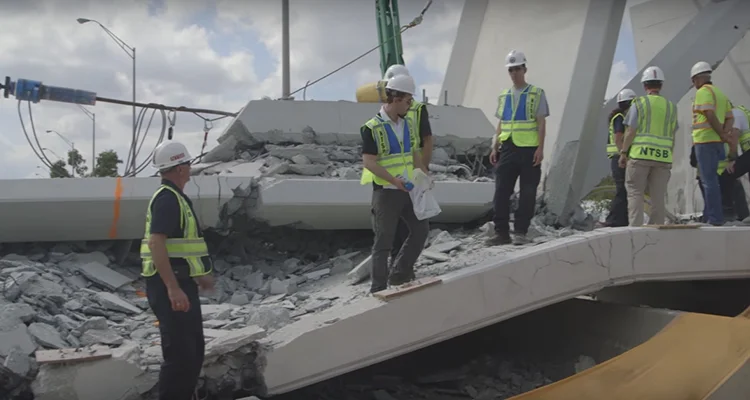Japan, a country renowned for its rich cultural heritage and technological advancements, also faces a unique natural challenge: it is one of the most earthquake-prone regions in the world. The reason behind this frequent seismic activity is deeply rooted in the country’s geographical positioning.
Situated on the Pacific Ring of Fire
Japan is located atop the Pacific Ring of Fire, a zone teeming with tectonic activity. This region is where four major tectonic plates – the Pacific, North American, Eurasian, and Filipino – converge. These colossal rock formations serve as the unstable foundation upon which Japan rests. The constant shifting and colliding of these plates lead to frequent earthquakes, some of which have the potential to trigger devastating tsunamis, especially if the disturbances occur underwater.
Japan’s Ingenious Adaptation
In response to this volatile environment, Japan has become a world leader in earthquake preparedness and building resilience. Homes, hospitals, schools, and other critical infrastructure in Japan are constructed to endure the tremors, adhering to strict regulations regarding design and materials. Earthquake drills are a regular practice in schools and workplaces, reflecting the nation’s commitment to preparedness. While earthquakes are inherently unpredictable, Japan’s proactive stance on disaster readiness is commendable and consistent.
The Contrast: Japan vs. Other Earthquake-Prone Regions
A stark contrast to Japan’s preparedness was observed in last year’s tragedy in Turkey, where a 7.8 magnitude earthquake led to catastrophic destruction and loss of life. In comparison, Japan’s resilience was evident during a recent 7.6 magnitude earthquake, which resulted in minimal damage. This disparity highlights the effectiveness of Japan’s disaster readiness and building standards. However, challenges like tsunamis remain, posing significant threats that require continuous vigilance and innovation.
The Role of Early Warning Systems and Structural Health Monitoring
In light of Japan’s seismic vulnerability, the importance of earthquake early warning systems cannot be overstated. These systems provide crucial seconds to minutes of advance notice, enabling people to seek safety and shut down critical operations, thereby mitigating the impact.
Similarly, structural health monitoring is vital for assessing the integrity of buildings and infrastructure. Continuous monitoring can detect potential weaknesses or damages early, allowing for timely repairs and reinforcement, which is essential in earthquake-prone regions.
QuakeLogic: A Pioneer in Earthquake Preparedness
In the realm of earthquake early warning and structural health monitoring, QuakeLogic stands out with nearly two decades of experience. QuakeLogic’s expertise in these fields is not just about technology; it’s about saving lives, protecting properties, and enhancing resilience against nature’s fury.
As Japan continues to navigate its challenging geological landscape, the lessons learned and technologies developed there are invaluable to the rest of the world. QuakeLogic remains committed to contributing to this field, providing state-of-the-art solutions for disaster readiness and structural integrity.
Connect with us for more insights on earthquake preparedness and innovative solutions. Follow our journey as we continue to support earthquake-prone regions like Japan in their quest for safety and resilience.








